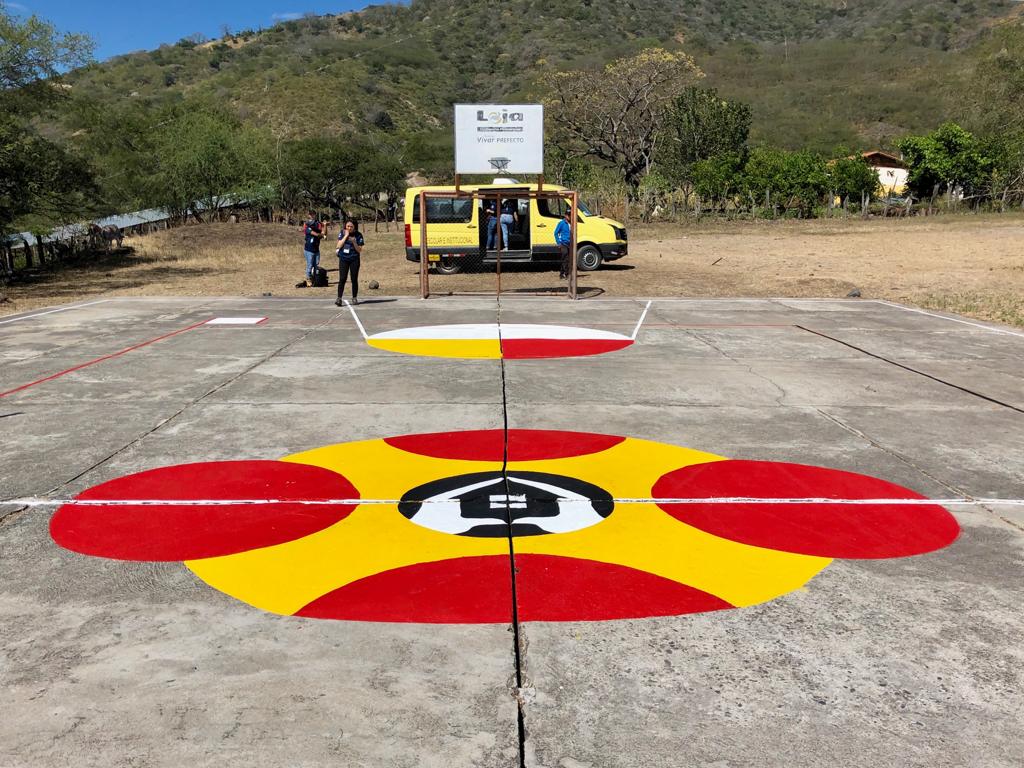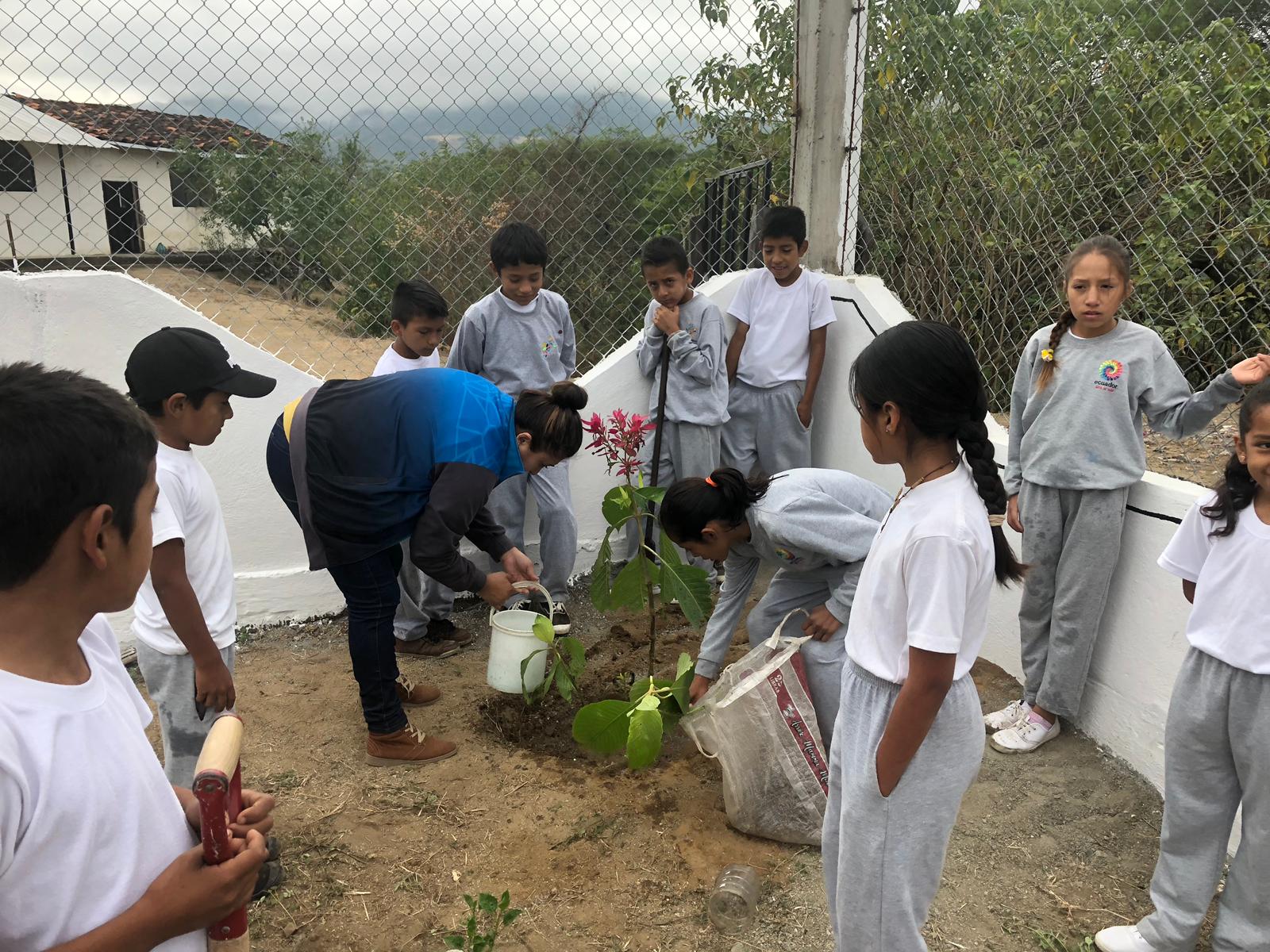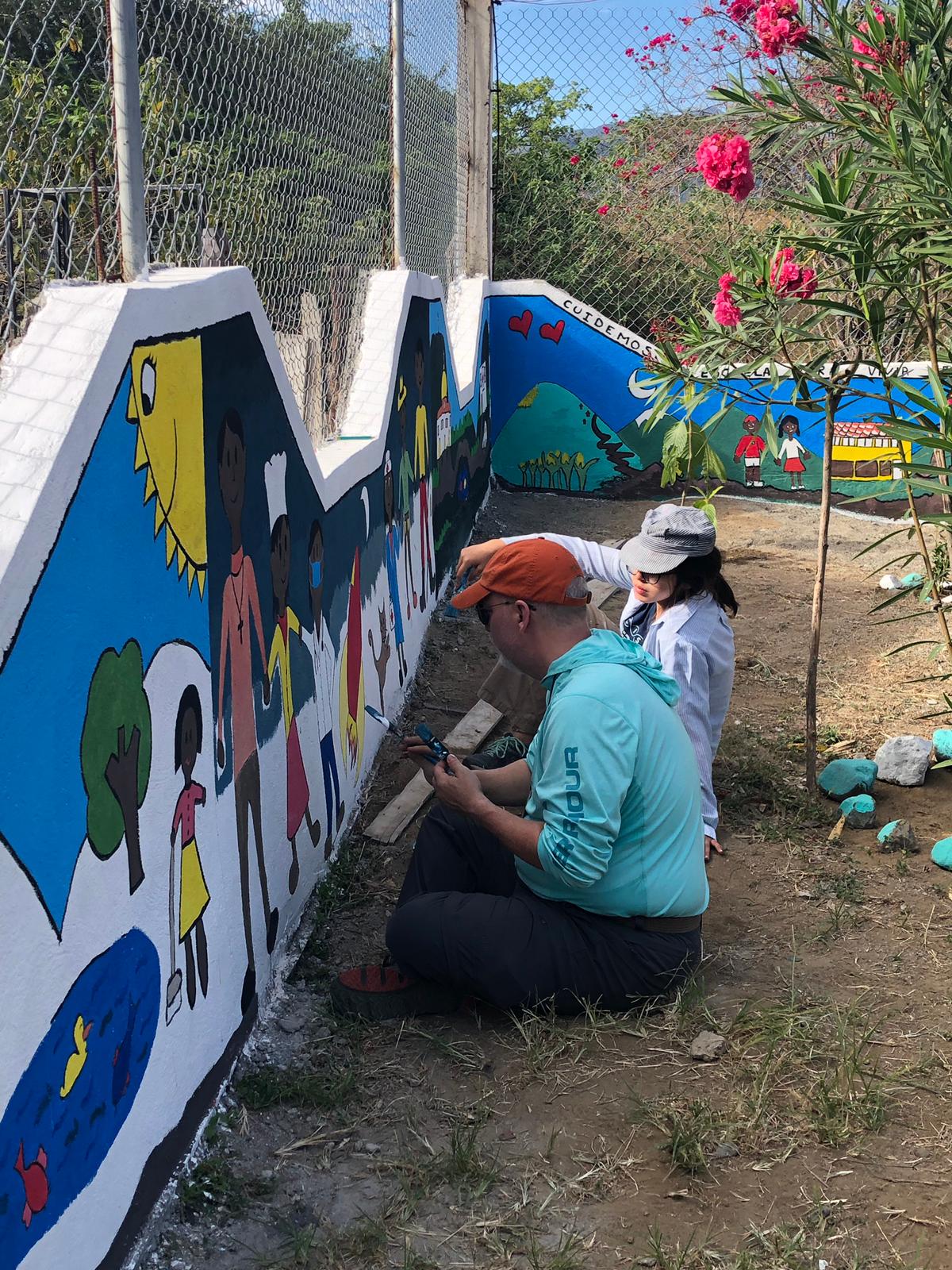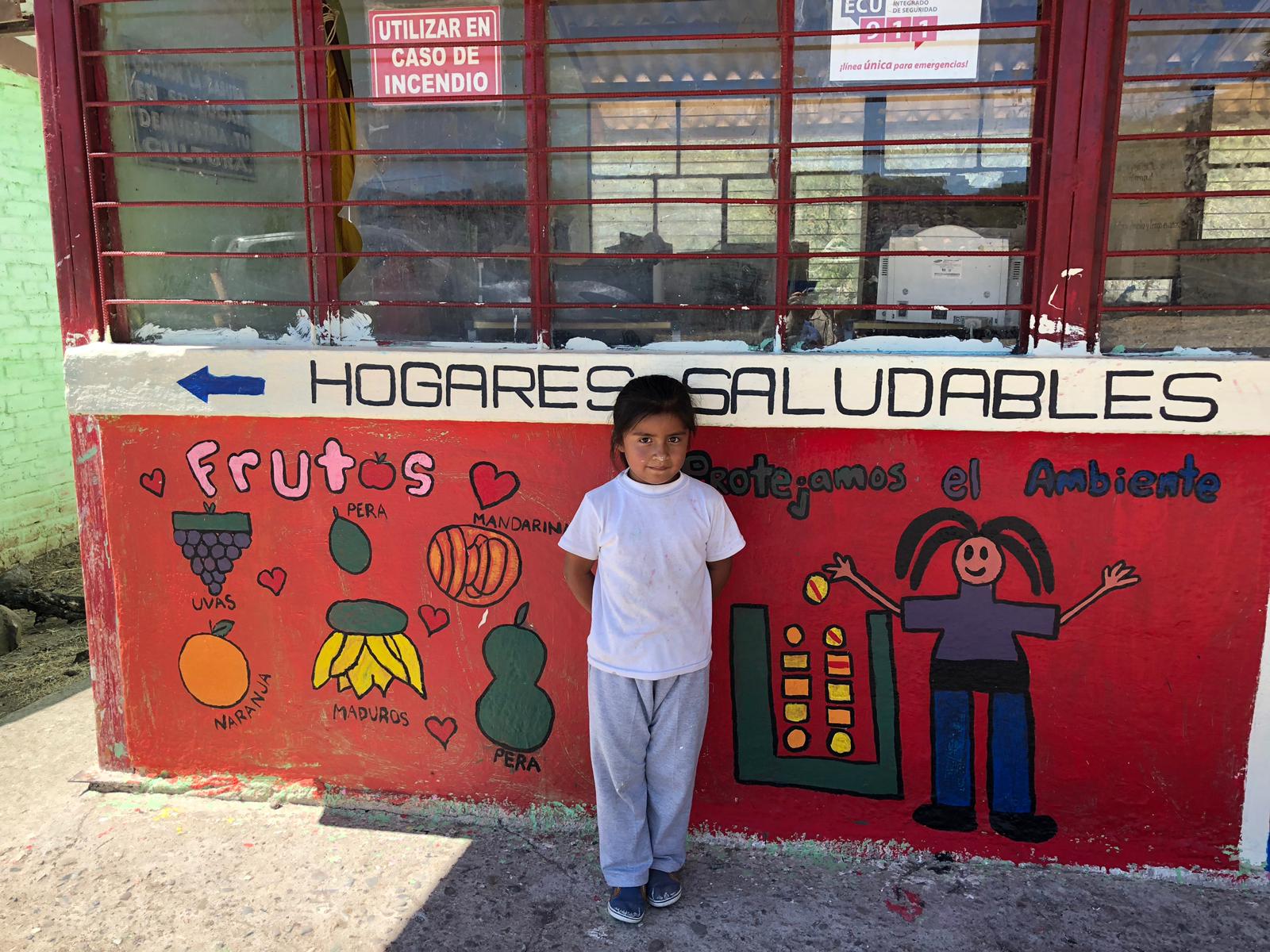By Daniela Grijalva

In addition to creating Healthy Homes that comprehensively improve the well-being of their inhabitants, and work to fundamentally stop the Chagas transmission cycle, the Healthy Living Initiative works in collaboration with these local communities to conduct research on other aspects of community life, and their day-to-day challenges. Together we have worked to implement sustainable and creative solutions that both mitigate problems resulting from the lack of health, housing, and water infrastructure, and also serve as community asset-based development.
Biodigester Toilets
- Biodigester toilets use anaerobic bacteria to convert human waste into methane and water in a controlled system. The water produced by this process is clean enough to be used in irrigation or to water crops. These systems are self-sustaining, efficient, don’t require any cleaning, and are an ecological alternative to septic tanks or dumping waste into waterways or the ground. They are perfect for rural areas without any existing sewage system.

Productive Gardens
Productive gardens are classified as those which best maximize the spaces, resources, endemic fauna, and capabilities of a community or family. Students and faculty from both OHIO and Ecuador have combined their classroom knowledge on sustainable agricultural practices with the traditional cultivation methods of the communities to create workshops and learning spaces in which to share new information and skills. The resulting partnership has helped to identify practical and sustainable cultivation skills that will maximize the yield of garden crops, and has helped find economic opportunities for medicinal products the communities have already been developing from these crops.
- AT HOME: Having a productive garden at home provides families not only with increased food for personal consumption, but also provides a marketable material to be sold at local and city markets in the area.
- AT SCHOOL: Productive gardens at school allow children to become more intimately familiar with the agricultural processes of their communities in a group environment that foster responsibility and care. The products developed in this garden are then also healthy treats for the children, teachers, and community members to share.

Fencing and Mural Creation
In the communities of Guara, Bella Maria, and Chaquizca, the schoolhouses serve not only as educational facilities for local children, but additionally function as hubs of social life, community building, and information distribution. In order to maintain these areas clean of animal feces and safe during the school day, schools are now surrounded by large fences, which have been decorated over the years with murals featuring the children’s art. These murals display messages and images that recount local myths and nursery rhymes, promote social and family values, and recount the childrens’ hopes and dreams for the future. Of course, they also serve as a message board and communication tool for these communities that often lack cell service and are too widely spread to reliably count on radio transmissions.

Restoration of Educational Facilities
The restoration of educational facilities is imperative to the continuous learning of community children in a healthy and cared for environment. In a group effort between our team members and individuals from the community, including of course the children themselves, we have been able to repair athletic fields, flag alters, and deteriorating school facilities so that everyone can take advantage of the spaces they come to learn in and cultivate greater senses of community.


